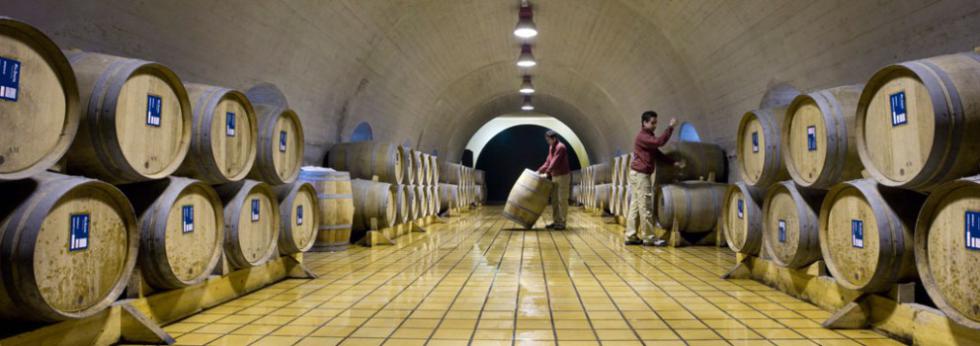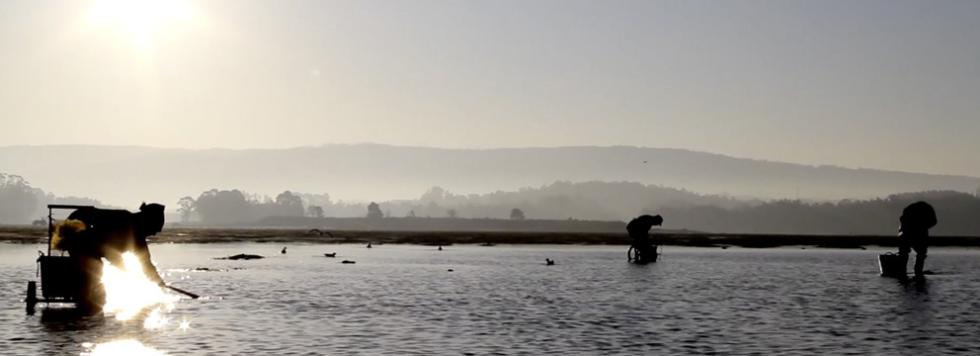I think it’s safe to say that many wine drinkers tend to seek out comfort zones — wine brands, varietals, regions — that they return to time and time again.
After all, there are so many wines on the market that it can be confusing, and once you know a wine that you like, why not be loyal? You learn a little about the wine, know its flavors and aromas and have the confidence to recommend it to others. That’s a good thing.
However, there are those of us who go off in different directions every time an opportunity arises. We’re sort of jacks of all wines and masters of none. That’s not to say that I don’t have favored wines. I do, and I return to them frequently, but I really enjoy the thrill of finding something that I don’t have a clue about. I’ll risk the cost of a bottle just to find out if I like it, and although there have been a fair number of disappointments, it has been worth the gamble.
Not too long ago, I’m somewhat embarrassed to say, I discovered Albarino — I know it has a tilde over the “n,” but this computer doesn’t.
I’m sheepish about announcing my discovery, because it implies that I may have been asleep for more than 20 years. Albarino is one of the most popular white wine grapes in Spain, and it has gained a lot of traction internationally after Spain joined the European Union in 1986. It’s been on American markets for a while, but somehow, I overlooked it.
In my defense, it’s normally just outside my comfort zone, which is the $10 range, but I caught it on sale for $11, and that’s close enough. My regret is that I didn’t find it sooner; I would have happily paid the regular price of near $17.
I got so excited about the discovery that I bought the three brands of the wine that were on the shelves that day, and later, after they were thoroughly chilled, compared them side by side. One was clearly the loser; sorry I can’t remember the name.
But the other two — Martin Codax, which has a subtle, clean label, and the flashy, orange-labeled Burgans — were very similar. Martin Codax got the slight edge, although it’s about $1 more.
Albarino produces a delightfully light and flavorful white wine with a crisp, dry finish. The Martin Codax winemaker Katia Alvarez says in her tasting notes that flavors of “pear, ripe apple, peach, and lemon zest are framed by bright minerality and hints of spice.” In short, the wine has a lot going on with complex layers of flavor.
Called the “wine of the sea,” Albarino comes from Galicia in the northwest corner of Spain bordering the Atlantic Ocean, and specifically from the Rias Baixas region (pronounced Ree-ahs buy-shuss).
The grapes are grown in oceanside, granite-laced vineyards and develop thick skins to combat the damp, cool weather — the region gets about 50 inches of rain a year.
In a recent article about the region, Forbes magazine describes the area as “Spain’s Garden of Eden,” and notes that most of the winemakers are women, a tradition handed down for centuries. Women tended to the vineyards and wine production while the men went to sea and fished.
Alvarez, who is featured in the article, notes that Albarino is perfectly suited to pair with seafood, but also goes well with Thai food and other spicy dishes.
Albarino has a somewhat murky history. Some believe that it was introduced to Spain by German monks in the 12th century, but recent DNA tests have confirmed that it is French Savagnin, another grape I can’t afford. Perhaps the monks passed through France on their journey.
And here’s where things get a bit more confusing and may explain why Burgans and Martin Codax are so similar. Both are 100 percent Albarino and are produced by the same almost 30-year-old Bodegas Martin Codax cooperative of 550 families who farm 1,400 acres of vineyard. It’s hard to tell, but I think Martin Codax wine spends a little bit more time aging than Burgans, which may account for the price difference. The wines also have different importers. Both are widely available at wine stores throughout the Pioneer Valley.
The 2013 harvest of Albarino was the largest and highest quality in 30 years, Alvarez says in the tasting notes. The banner year and the strength of the dollar may also account for the sales price. It’s a good time to be buying these wines. They are both great bargains.
I’ve never been to Galicia, and certainly not to Rias Baixas. However, now I want to go there, find a place overlooking the ocean, eat seafood and enjoy the wine. I think that would be my comfort zone.•
Suggestions for wines in the $10 range are always appreciated.
Warren Johnston can be reached at warren.nelson.johnston@gmail.com.






